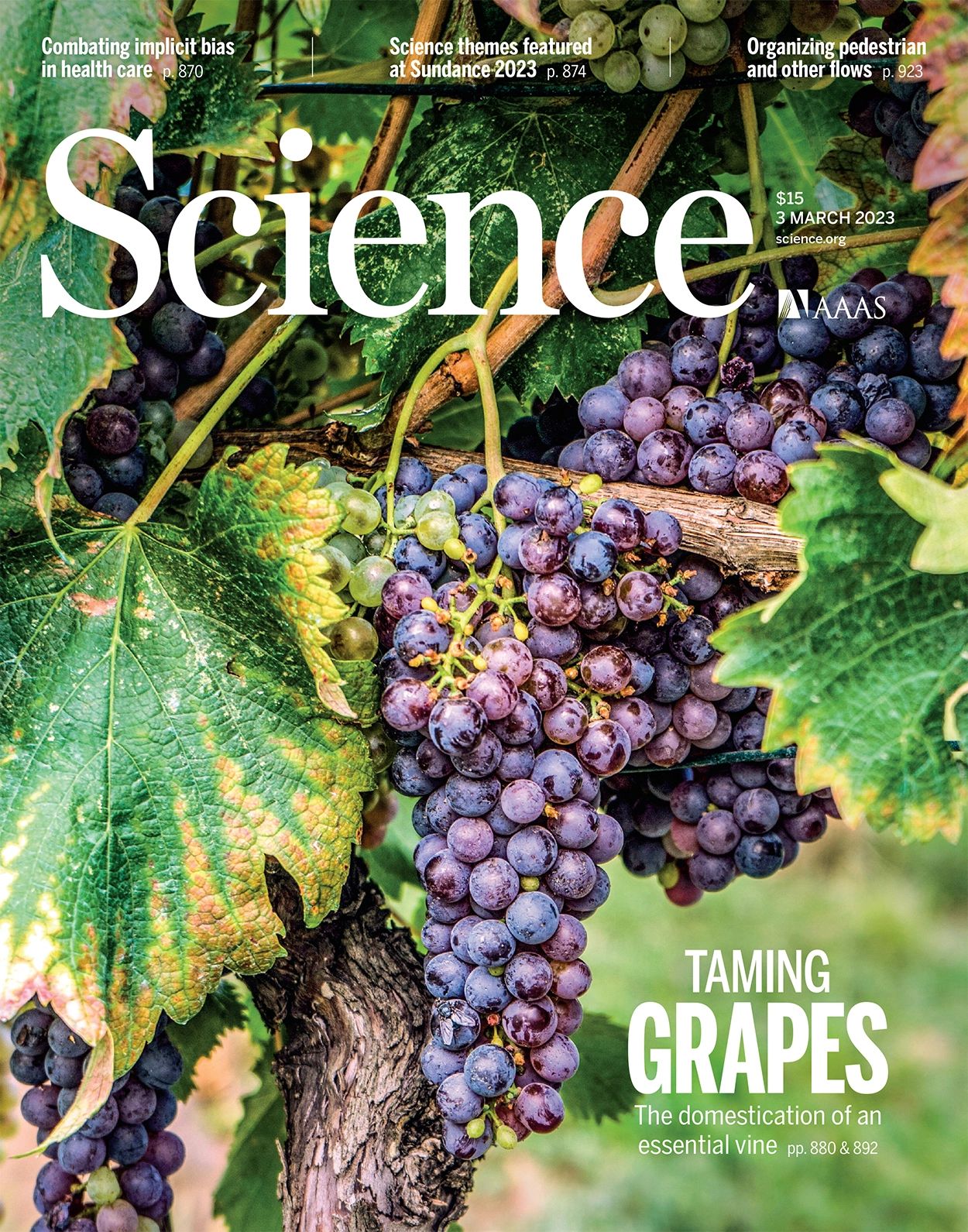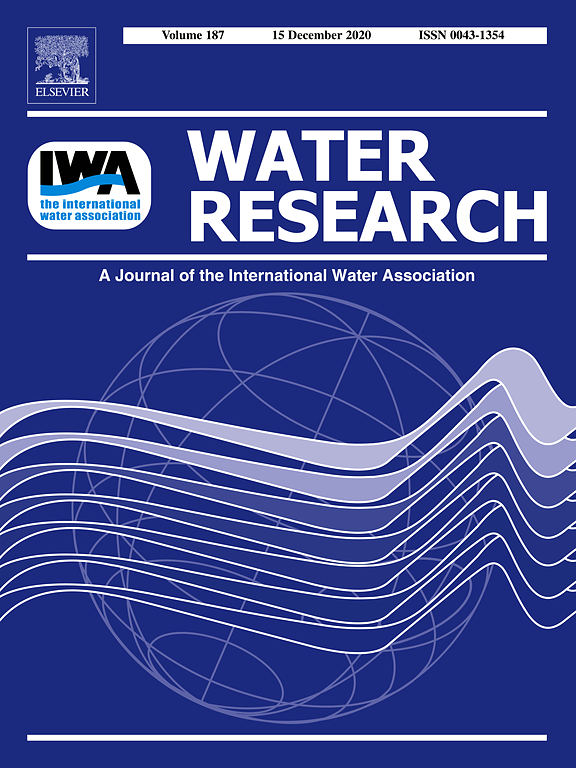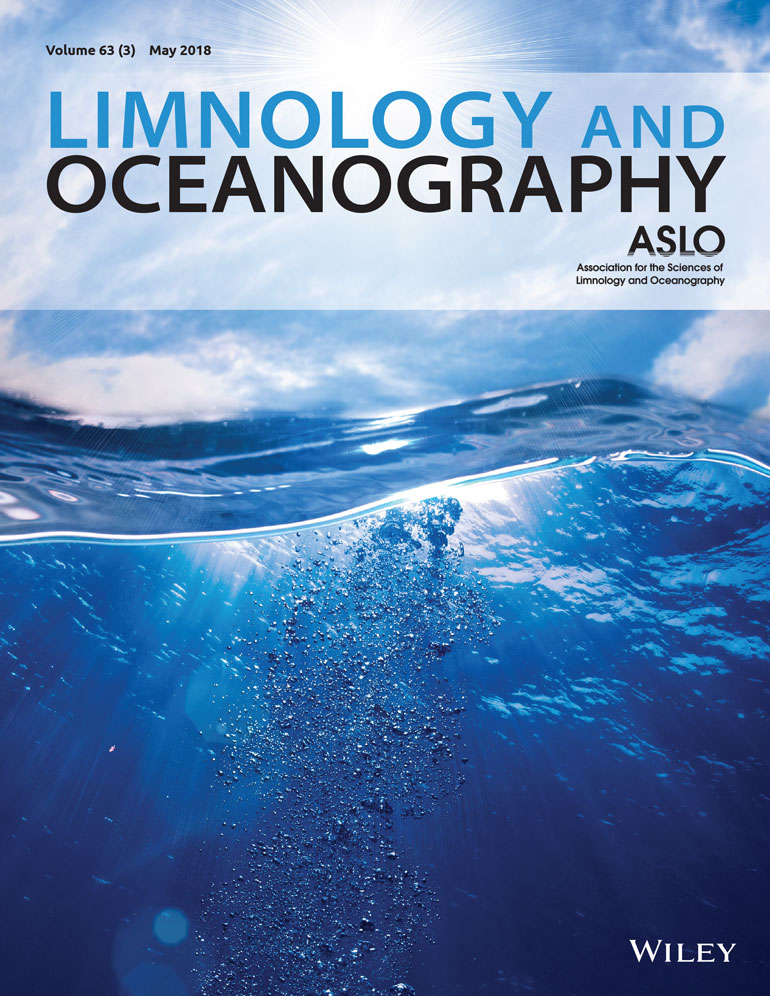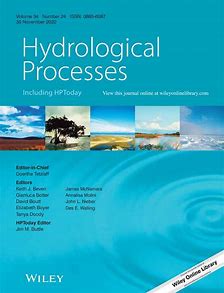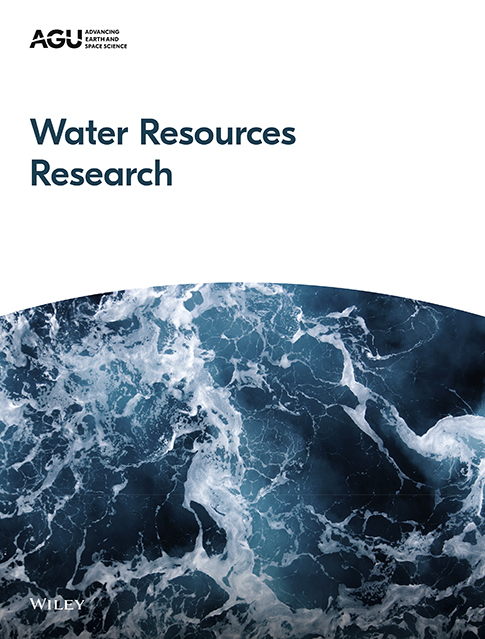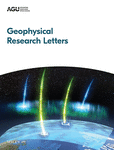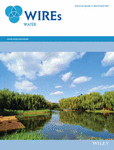- Department:(Dept. 1) Ecohydrology and Biogeochemistry

Hydrophilic Organic Compound Migration in Biochar-Amended Stormwater Filters with Dynamic Conditions and Varied Background Dissolved Organic Carbon Contents
Persulfate activation by biochar for trace organic contaminant removal from urban stormwater
We show that biochar can activate peroxydisulfate to eliminate widespread persistent and mobile organic contaminants from urban stormwater. Our laboratory-based investigation provides the basis for future studies towards the practical implementation of biochar and peroxydisulfate for stormwater treatment.
Summer temperatures, autumn winds, and thermal structure under the ice in arctic lakes of varying morphometry
Storage Dynamics and Groundwater–Surface Water Interactions in a Drought Sensitive Lowland Catchment: Process-Based Modelling as a Learning Tool
The authors simulated seasonal and long-term changes in the spatio-temporal patterns of water storage dynamics and groundwater–surface water interactions in lowland tributary of the Spree catchment. After several major droughts, groundwater stores are depleted and stream flows intermittent. This shows the importance of integrated land and water management in NE Germany.
One-Hundred Fundamental, Open Questions to Integrate Methodological Approaches in Lake Ice Research
Microbial communities and fatty acid markers across acidification and eutrophication extremes in a river influenced by mining activities
Length Scales, Rates, and Variability of Mixing Downstream of River Confluences
The Unexploited Treasures of Hydrological Observations Beyond Streamflow for Catchment Modeling
Other hydrological data than streamflow have the potential to improve process consistency in hydrological modeling and consequently for predictions under change. The authors review how storage and flux variables are used for model evaluation and calibration; improving process representation.
Biogenic polyphosphate as relevant regulator of seasonal phosphate storage in surface sediments of stratified eutrophic lakes
Using nuclear magnetic resonance spectroscopy, the authors studied the polyphosphate seasonality in the topmost sediment layer of three stratified lakes with prolonged anoxic periods during summer stratification. Polyphosphate acted as a temporary phosphorus storage, formed at the beginning of the summer stratification under oxic conditions and released time delayed under anoxic conditions.
